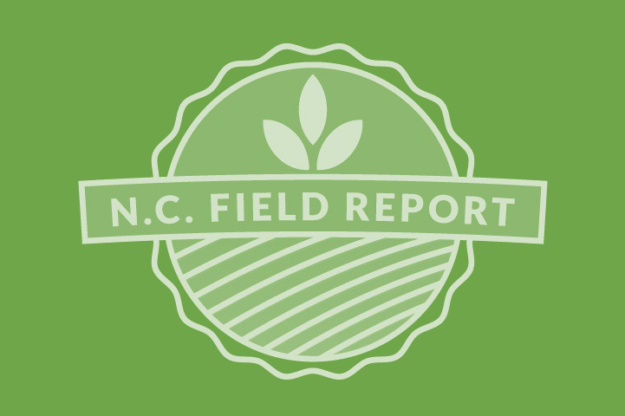Secretary Perdue Visits NC
Secretary of Agriculture Sonny Perdue visited North Carolina on Monday to survey the damage from winds and flooding brought on by Hurricane Florence. Congressman David Rouzer joined Secretary Perdue and USDA’s Cheif of Staff & NC native Ray Starling. The team spent the first part of the morning, riding through eastern NC to see the effects that…
Details









